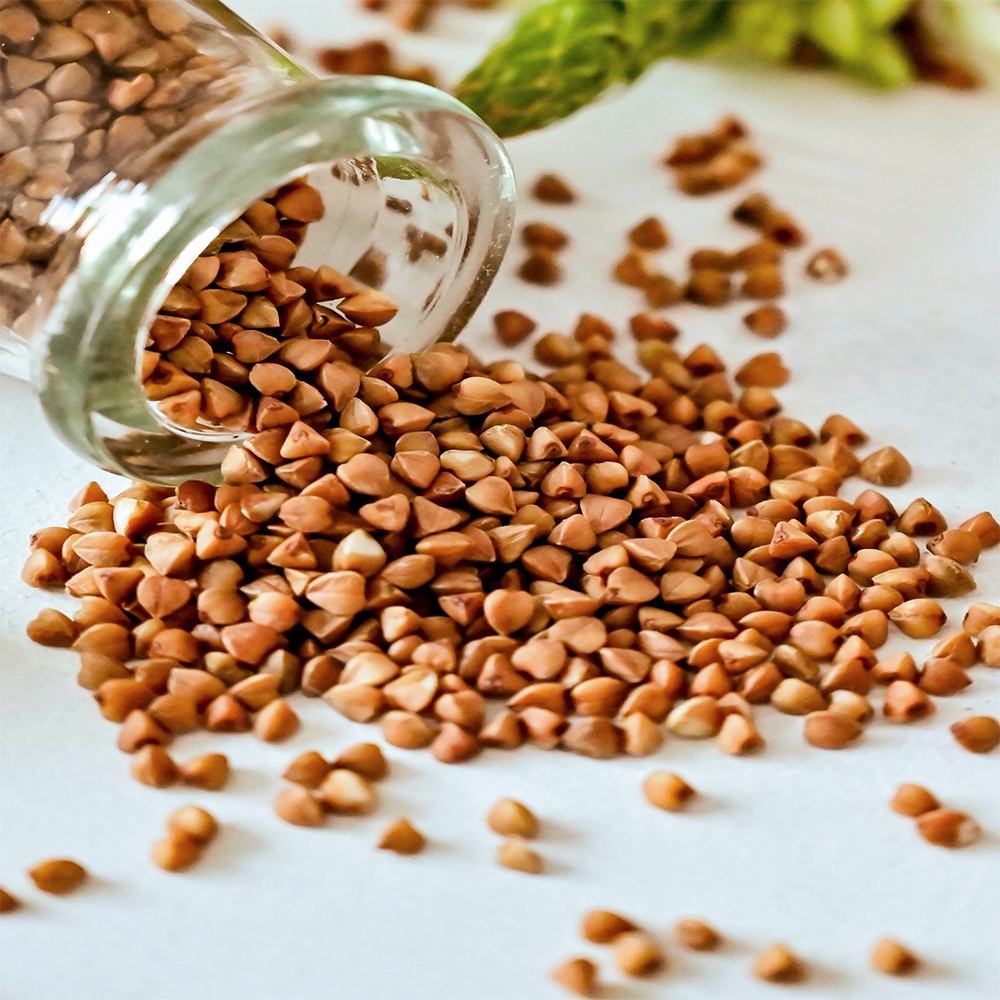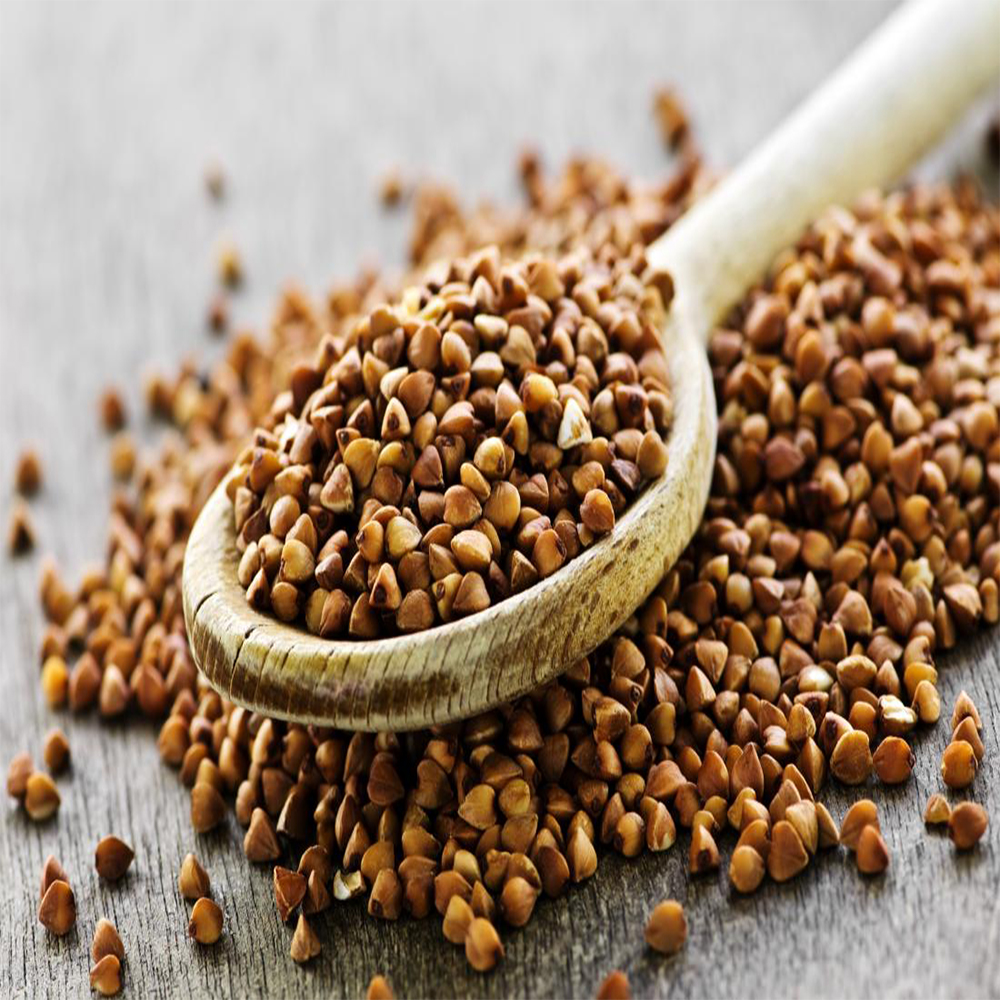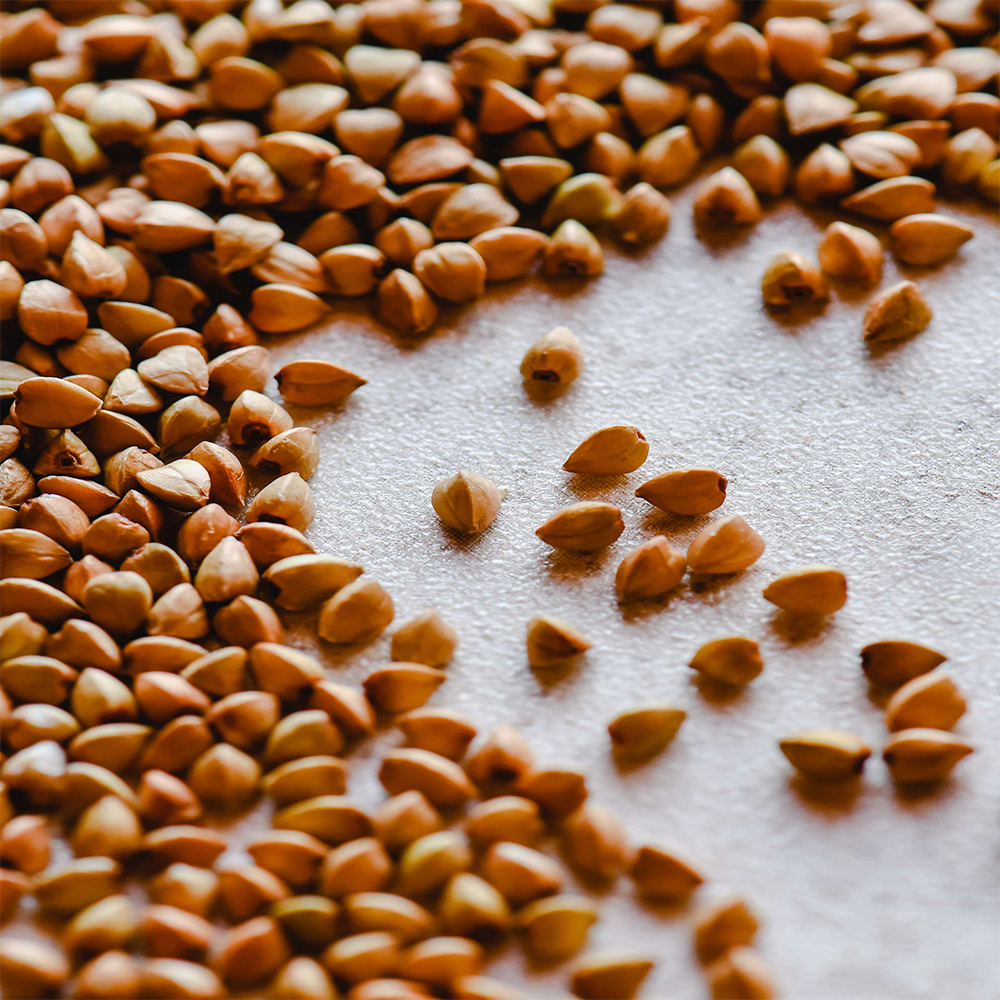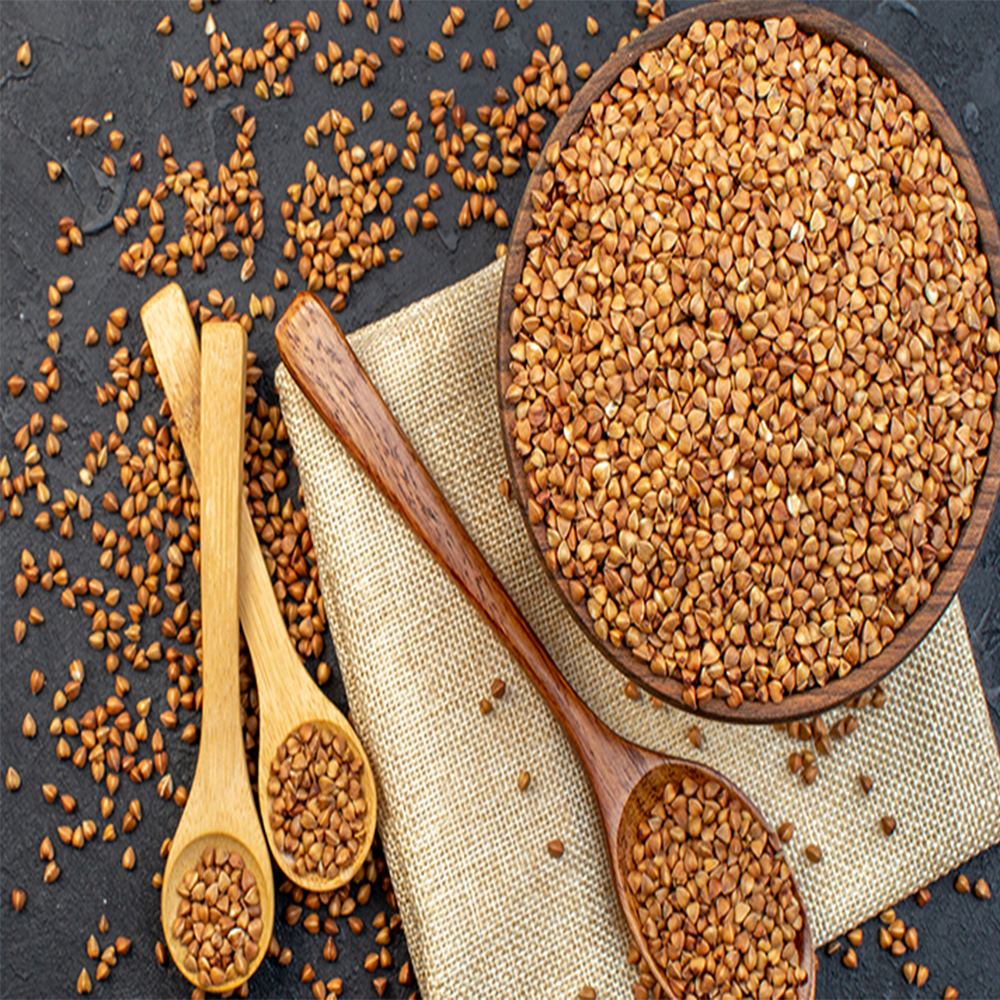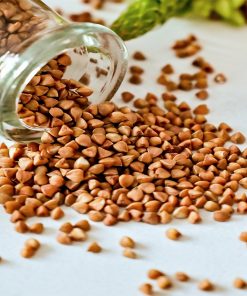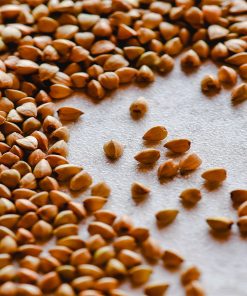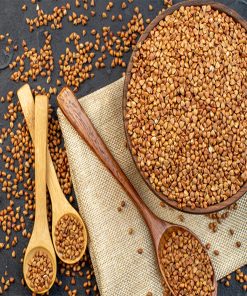Is RMY Buckwheat Gluten Free? , Organic Buckwheat Hulls , Buckwheat & Millet
$0.00
Description
Dear Sir/Madam,
How are you?hope fine.
We Are biggest manufacturer of RMY millet products. We have also more then 1 million RMY products companies and warehouses in Pakistan, Germany and Poland , also can provide you home deliveries with small quantities also no problem.
Discover Amaranth, Buckwheat & Millet: Gluten Free Grains
Bread, cakes, cereals, pizza, pasta, and cereal … grain is our number one staple food. Wheat is consumed in especially large quantities in Central Europe, where consumption per year averages around 70 kg per person. In comparison, approximately twenty pounds of rye is consumed per year, per person. Get the most out of delicious grains by checking out the gluten-free competition. Amaranth, buckwheat and the like are on the rise as alternatives to wheat!
One reason why many people opt to use alternatives for gluten products is the increasing rate of gluten intolerance or celiac’s disease that is popping up all over the world. Gluten intolerance manifests itself – depending on the strength of the intolerance- in bloating, diarrhea and even worse digestive problems. Gluten is found in many products, including wheat, spelt, rye, green corn, kamut (the name is Egyptian and means wheat!), oats (do not contain gluten, but are often contaminated), barley, triticale and emmer.
Another reason to use these grain alternatives, is their healthy properties and wonderful taste. He who has gotten used to dark buckwheat noodles or bright yellow corn flour spaghetti feels like conventional products are bland in comparison, and not only because of the color! For this reason, alternative grains are booming like never before! An overview of these grains:
Amaranth was cultivated by the Incas 5,000 years ago. The gluten-free pseudo cereal is reminescent of Saman millet. It contains high amounts of protein and is high in unsaturated fatty acids, essential minerals and trace elements. It is also characterized by a high degree of digestibility. Recipe Tip: it tastes great puffed!
Buckwheat has nothing to do with wheat. The name comes from the beechnut shape of the seeds and their use as a grain. The key ingredient is rutin, which improves microcirculation in blood vessels and positively affects vessel walls. Buckwheat is dark, has a nutty taste and can also be great in cakes. The noodles taste good too!
Millet is one of the oldest gluten-free plants in the world. It is easy to digest and has a high content of amino acids and unsaturated fatty acids. It has the highest concentration of minerals in all grains. You can prepare millet couscous, or use teff noodles. Teff noodles also contain millet.
Quinoa is a sensational vegetable source of protein. The small grains contain all nine essential amino acids and the mineral wealth is incredible. Quinoa is actually not a greain but can be similarly prepared. It is also great as a substitute for oatmeal or on cereal.
Additionally, corn flour does not contain gluten and can easily function as a meal Pancakes, sauces and pastas can easily be made using it. When it comes to pasta, rice flour and glass noodles, either from mung bean starch or sweet potato starch are also great gluten free alternatives. Enjoy your meal
What are the Nutritional Benefits of Buckwheat?
- Improved Heart Health
- Reduced Blood Sugar.
- Gluten Free and Non-Allergenic.
- Rich in Dietary Fiber.
- Protects Against Cancer.
- Source of Vegetarian Protein.
-
- Home
- All Products
- About us
- Blog
- Contact Us
- Login
- Newsletter
- 1 MILLION+ PRODUCTS SUPPLIER IN PAKISTAN

